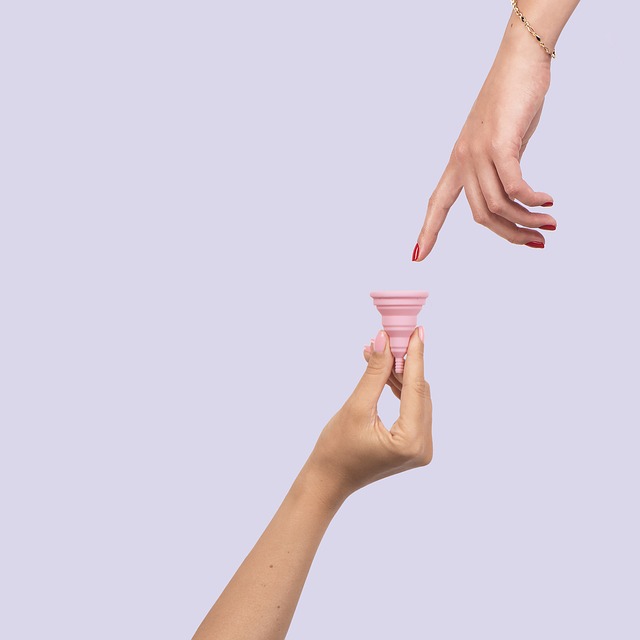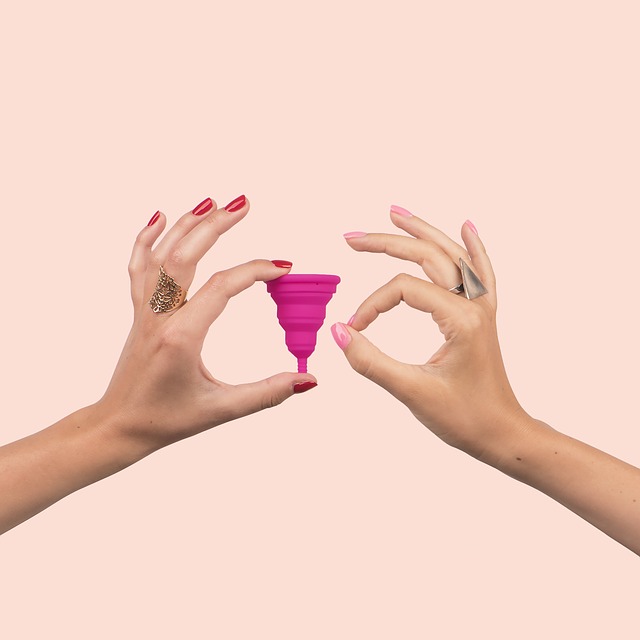Menstrual cups are sanitary products used repeatedly during menstruation. Menstrual cups are primarily made of silicone. Silicone material is commonly used in pharmaceuticals, and allergies to this material are very rare. However, there are also cups made of latex or thermoplastic plastic. All have been medically treated and are truly safe.
Cups have many advantages, but the two most important ones are environmental and economic.
Environmental benefits
Menstrual cups are not disposable; they can be used repeatedly for 5 to 15 years. Considering how many women in the world menstruate every month and throw away at least a basketful of tampons and menstrual blood soaked napkins, which take years to decompose, the ecological benefits of menstrual cups are truly significant.
Economic advantages
The prices of menstrual cups vary widely. Considering that the average price of a cup is about 500 kronor, buying two cups would mean paying 1000 kronor over five years. But if you buy a pad every month, a package costs at most 30 crowns; if you use an average of two pads a month, it would cost 60 crowns a month, 720 crowns a year, or 3,600 crowns over five years. For tampons, it would cost even more. So from an economic standpoint, menstrual cups are really advantageous.
Health and other benefits
Unlike napkins and tampons, menstrual cups are not bleached with chlorine. With napkins, blood is in contact with the skin, which can cause fungal infections and other problems. With tampons, chlorine and dried blood again come into contact with the mucous membranes, potentially causing toxic shock.
Cups should only be rinsed once or twice a day and then changed only at night. There is no need to worry about bacteria, as they do not grow on the cups. It can be used for all kinds of sports and swimming.
